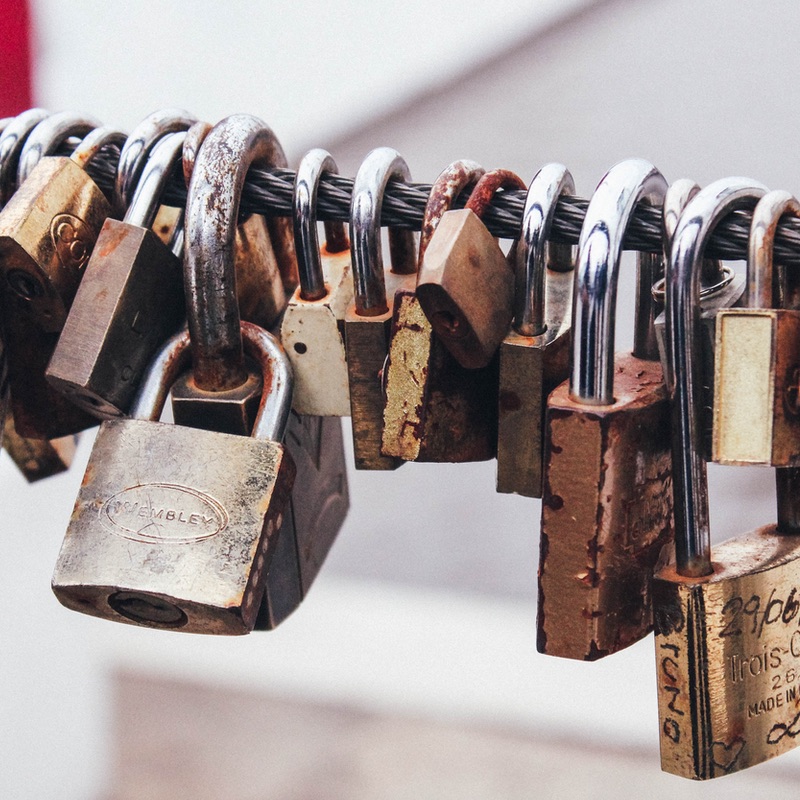
Have you ever looked on the back of your laptop or other electronic devices? You might have noticed an often unused little hole with a padlock icon next to it. This might be a Kensington Security Slot (also called a K-Slot or Kensington lock). What is a Kensington lock? It's a lot like a bike lock for electronic gadgets. This an anti-theft system for electronic gadgets introduced in the 1990s and initially patented by Kryptonite 2000 before being owned by a few different brands as the IP rights to this transferred.
The system consists of a small, metal-reinforced hole found commonly on small or portable computers and electronics equipment such as notebook computers, computer monitors, desktop computers, gaming consoles, and projectors, combined with a metal anchor attached to a rubberized metal cable secured with a key or combination lock. The end of the cable has a small loop that allows the cable to be looped around a permanent object, such as a heavy table or other similar equipment.
The hole is found in most laptops, although a lock for it is typically not included when buying a normal laptop. In an ingenious device design and configuration, the slot is sometimes located so that installing a lock will also prevent the removal of a valuable subcomponent, such as a rechargeable battery or a memory module. The Kensington slot may be marked with a small icon that looks like a padlock with a capital "K", or the slot may be unlabelled.
Using them in many casual situations: a busy office building, or maybe in a coffee shop when you want to leave your computer unattended for a minute is a great idea for security to prevent thefts of opportunity. However, you should keep in mind that Kensington locks are not designed to be an impervious protection measure. This is not Fort Knox. Like the glass door on your house, a determined attacker given enough time can eventually figure out a way to break it. Because most computer equipment cases are generally made of plastic or very thin alumninum or other metal, the lock can be torn out, though not without doing significant visible damage to the case. The cable itself can be cut if an individual has a decent wire cutter. Different types of K-slot cables are made differently and some might be stronger than others. The Kensington type locks are useful to discourage quick grab-and-run thefts of equipment from casually supervised locations such as coffee shops or offices.
The key itself is often a cylindrical type, but there are versions which use a traditional flat key. There are also versions of the lock that use a numeric combination instead of a key or even electronics within the lock. Interestingly, several manufacturers offer similar locking mechanisms that do not require a special lock hole. They attach to a popular port, such as the VGA or printer or serial port, and have special screws to secure locks in place. If you like to travel a lot or are in a busy location when dealing with sensitive data on your devices, you might want to protect yourself with one of these locks. The low cost of protecting yourself and having peace of mind outweights the very insignficant costs involved. Research this for yourself and look up some of the locks on Amazon and get informed.
We hope you enjoyed reading this guide and learned something new! Check out our Learning Center to learn more about online privacy and security or consider subscribing to our Online Privacy Service to remove your phone number, name, and address from Google, Bing, Yahoo, and DuckDuckGo search results and hundreds of data broker sites.
